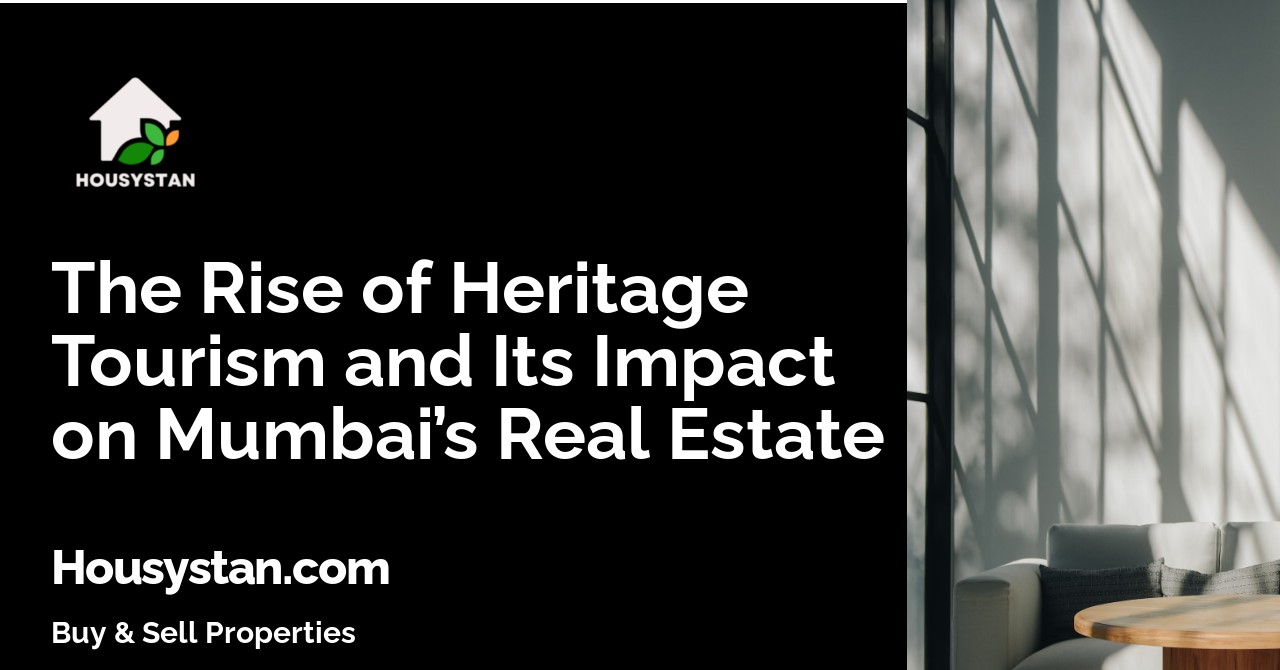The Rise of Heritage Tourism and Its Impact on Mumbai’s Real Estate
Read latest blogs and articles from Housystan

The Information mentioned here was last updated on:
14/12/2025The Rise of Heritage Tourism and Its Impact on Mumbai’s Real Estate
Mumbai, often called the city of dreams, is witnessing a remarkable transformation driven by the surge in heritage tourism. This vibrant metropolis, renowned for its diverse culture and historical landmarks, is attracting travelers eager to explore its rich architectural legacy. The growing interest in heritage sites, such as the Gateway of India, Chhatrapati Shivaji Maharaj Terminus, and the historic precincts of South Mumbai, is fueling a new wave of tourism that celebrates the city’s storied past.
The rise in heritage tourism is not only elevating Mumbai’s status as a global destination but also shaping its real estate landscape. As more visitors flock to experience the city’s iconic buildings, demand for accommodation, boutique hotels, and luxury stays near heritage zones has surged. Investors, developers, and property owners are recognizing the potential of properties situated close to these cultural hotspots. As a result, real estate values in neighborhoods like Colaba, Fort, and Byculla are on the rise, driven by the appeal of living amidst history and culture.
- Verified Tenants/Buyers
- Unlimited Property Listing
- Zero subscription/charges fee
This evolving trend is prompting developers to restore and repurpose historic buildings, blending modern amenities with classic architecture. Adaptive reuse projects, such as transforming colonial-era mansions into upscale residences or converting old warehouses into trendy commercial spaces, are becoming increasingly popular. These initiatives not only preserve Mumbai’s unique character but also provide lucrative opportunities for real estate stakeholders.
Moreover, the local government’s focus on heritage conservation and tourism development is fostering a symbiotic relationship between tourism and property growth. Policies supporting the maintenance of heritage sites and offering incentives for restoration projects are encouraging investments, further enhancing Mumbai’s attractiveness for both tourists and homebuyers.
In summary, the surge in heritage tourism is redefining Mumbai’s real estate market. With its unparalleled blend of history, culture, and modernity, Mumbai stands out as a premier destination for both travelers and property investors. As heritage tourism continues to flourish, the city’s real estate sector is poised for sustained growth, making Mumbai an exceptional place to live, invest, and explore.